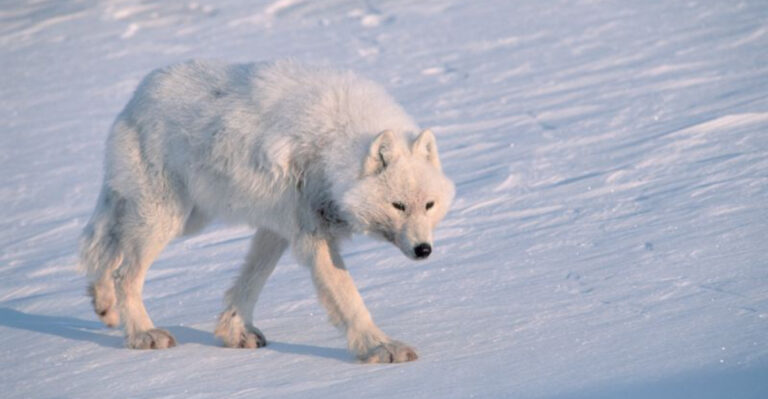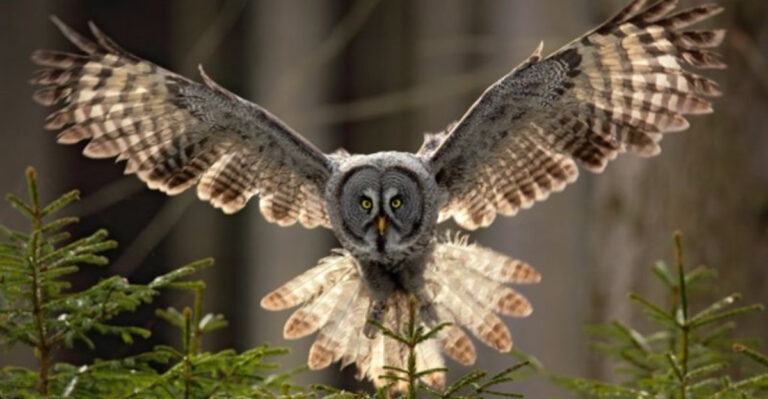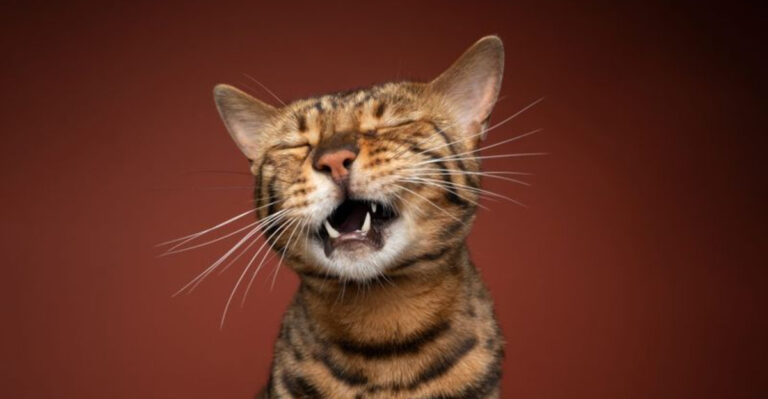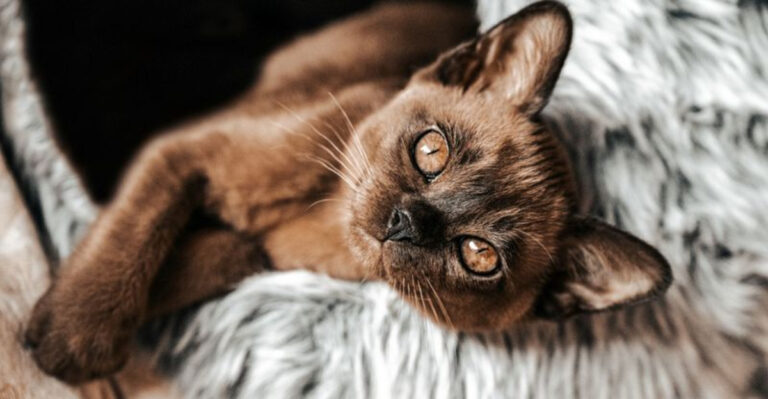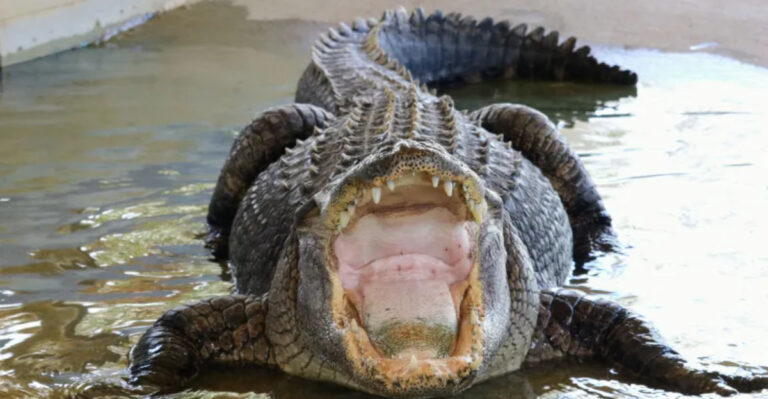15 Animals That Can Literally See Things Invisible To Humans
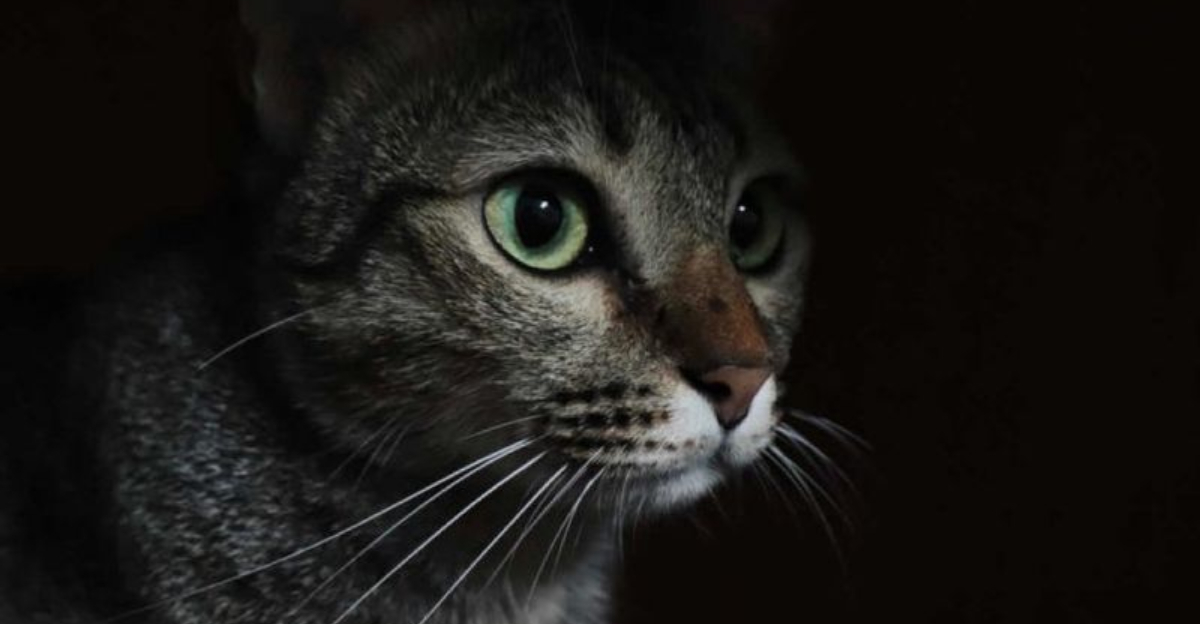
How amazing would it be to see a world beyond the visible spectrum? While humans are limited in their ability to perceive certain wavelengths of light, many animals have evolved to see what we can’t.
Let’s take a look at the fascinating abilities of these cool animals and explore how their unique vision capabilities allow them to experience an invisible realm!
1. Mantis Shrimp
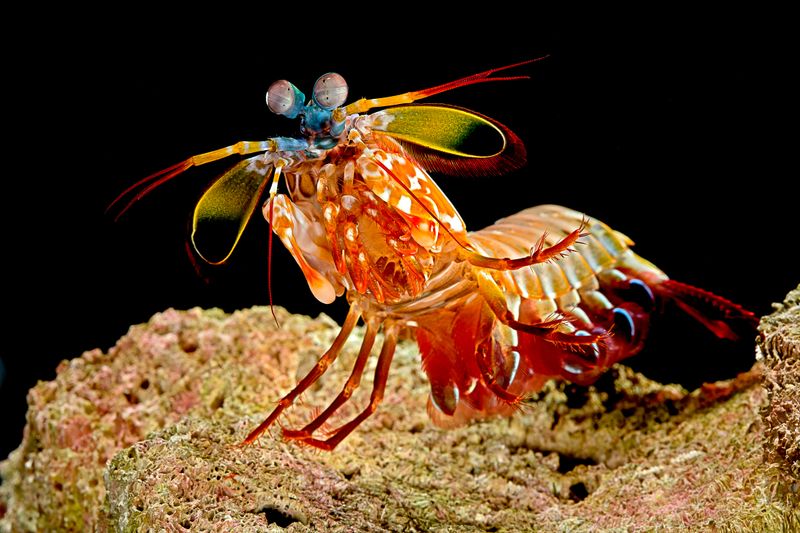
Imagine seeing a rainbow with colors humans can’t even name. The mantis shrimp does just that with its 16 color-receptive cones. That’s 12 more than us!
This underwater marvel can detect ultraviolet light and polarized light, making its visual perception incredibly dynamic.
Beyond its punch, the mantis shrimp’s eyes are its most captivating feature. They can independently track objects with precision.
This shrimp doesn’t just see the world; it sees it in a technicolor dream. Quite the visual artist of the sea!
2. Pit Viper
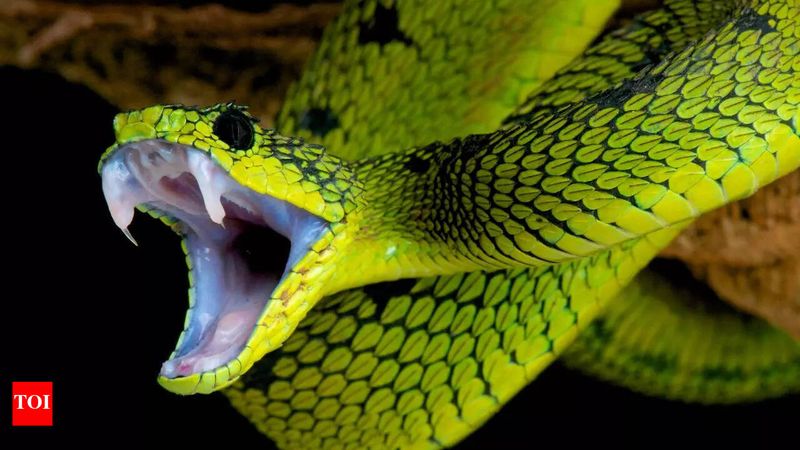
Feel the heat! Pit vipers have infrared sensors between their eyes and nostrils. These heat-sensitive pits allow them to detect warm-blooded prey even in complete darkness.
It’s a sixth sense that gives these snakes a lethal edge. Their ability to ‘see’ heat signatures turns them into night-time hunters.
This sensory superpower makes them nature’s very own thermal imagers. No need for night goggles when you’ve got built-in infrared vision!
3. Bumblebee
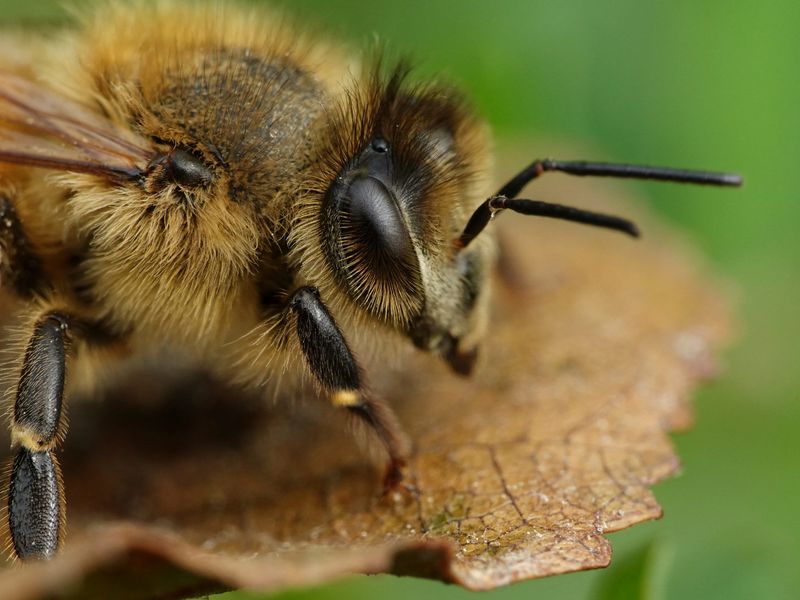
Fancy a trip to a neon-lit garden? Bumblebees see ultraviolet patterns on flowers, guiding them to nectar. These hidden guides are invisible to us but are like runway lights for bees.
This ultraviolet vision makes them expert pollinators, seeing flowers in a whole new light. So, next time you see a bee buzzing around, know it’s navigating a vibrant UV-lit world. The bee’s vision is a floral fiesta!
4. Reindeer
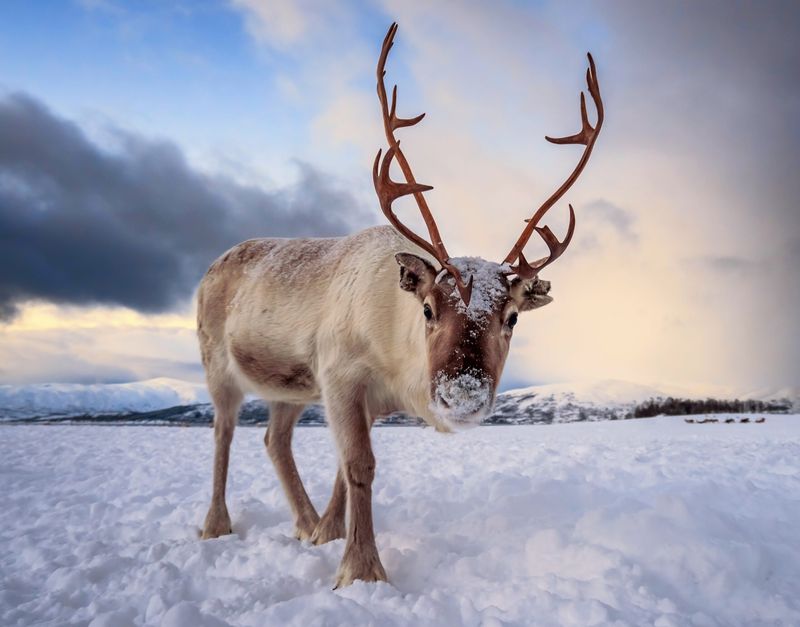
Winter wonderlands have secrets only reindeer can see. These majestic animals perceive ultraviolet light, revealing camouflaged predators and lichen buried under snow.
In the Arctic, this vision keeps them safe and fed. It’s as if reindeer have their own built-in UV goggles, turning the snow into a high-contrast landscape.
Their unique sight is a survival tool, making the harsh tundra a little less daunting. Truly, a vision tailored for the Arctic!
5. Cuttlefish
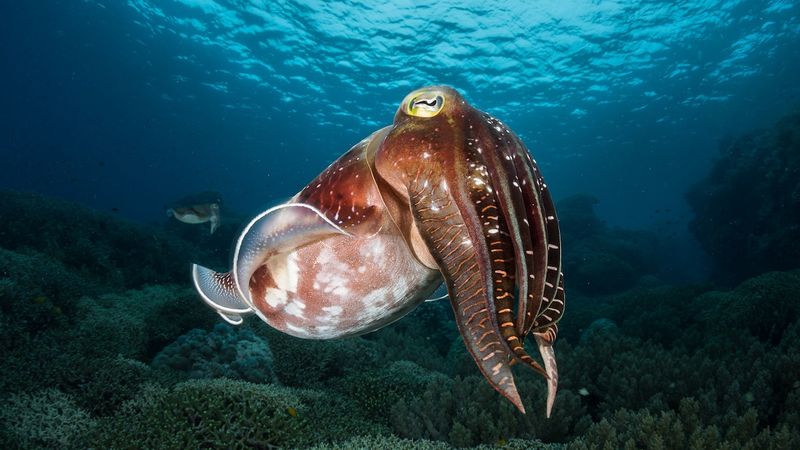
Who needs sunglasses when you’ve got polarized vision? Cuttlefish can detect polarized light, giving them an edge in underwater camouflage.
This ability helps them spot prey and predators while blending seamlessly into the ocean floor. Imagine seeing the world in high-definition contrast!
It’s a secret weapon for survival in the deep blue sea. Cuttlefish are the stealthy ninjas of the marine world, using their vision to become invisible themselves.
6. Goldfish
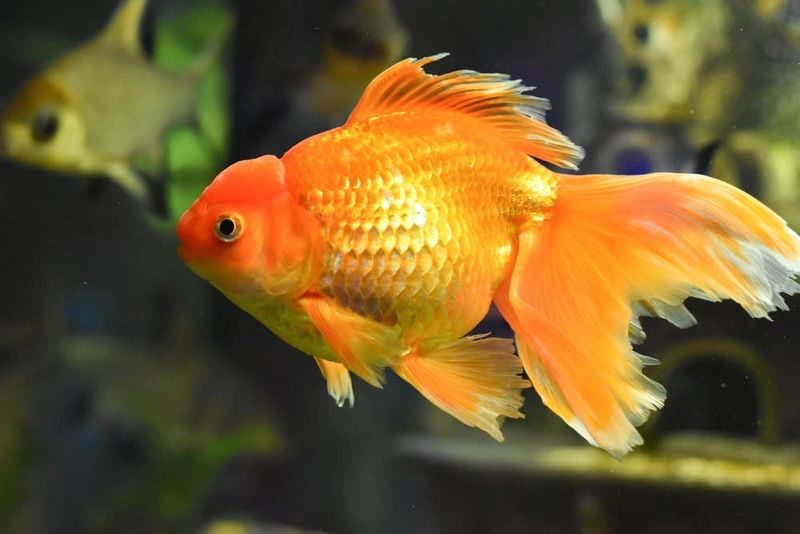
Think goldfish are simple pet store staples? Think again! These fish can see infrared light, a trait that’s surprisingly rare among fish. In murky waters, this vision helps them navigate and find food.
It’s like having an underwater night vision. Goldfish might not be in the wild anymore, but their vision remains a fascinating evolutionary trait.
So, next time you see a goldfish, remember there’s more to them than just a pretty face.
7. Bees
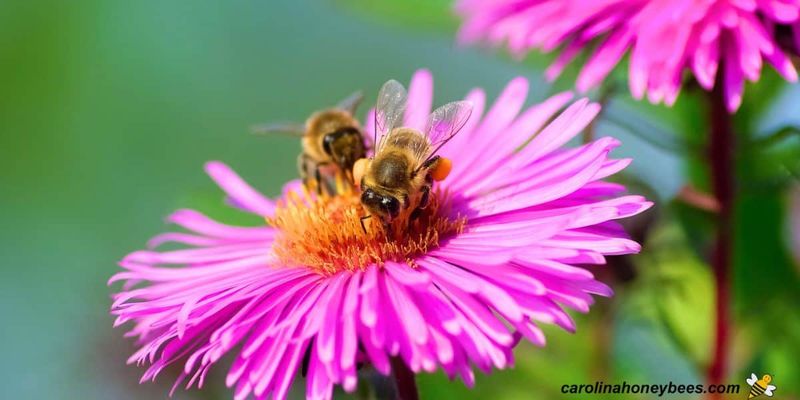
Buzzing from flower to flower, bees see the world with ultraviolet vision. They detect patterns invisible to us, guiding them to nectar and pollen.
It’s like a secret garden party with exclusive invitations only bees can see. This ability makes them excellent pollinators, as they follow nature’s hidden cues.
Bees don’t just see flowers; they see a vibrant UV-lit pathway. It’s a visual superpower that keeps the ecosystem buzzing with life.
8. Chameleon
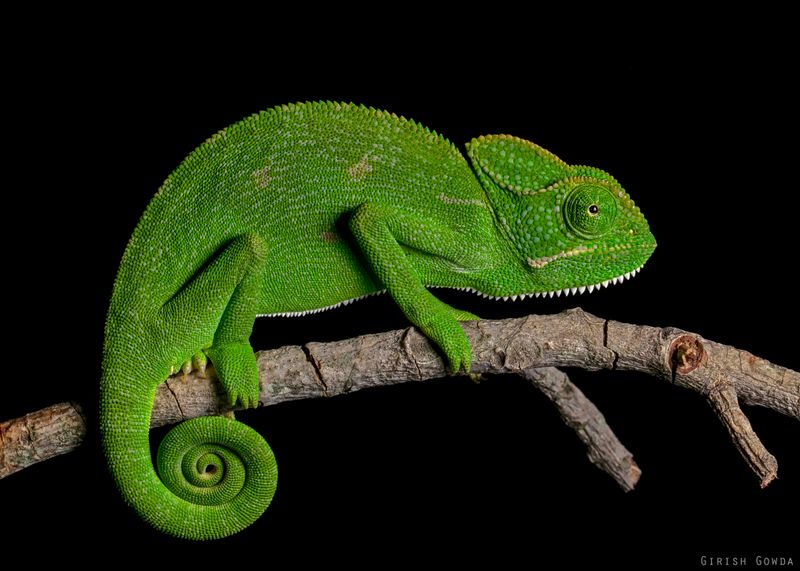
Ever wish you had eyes in the back of your head? Chameleons come close! Their eyes can move independently, offering a 360-degree view of their surroundings.
This quirky adaptation makes them masters of stealth and surprise. Whether hunting for insects or evading predators, chameleons use their unique vision to stay one step ahead.
It’s like having super-powered, swiveling binoculars. The jungle is their playground, and they see every inch of it!
9. Dragonfly
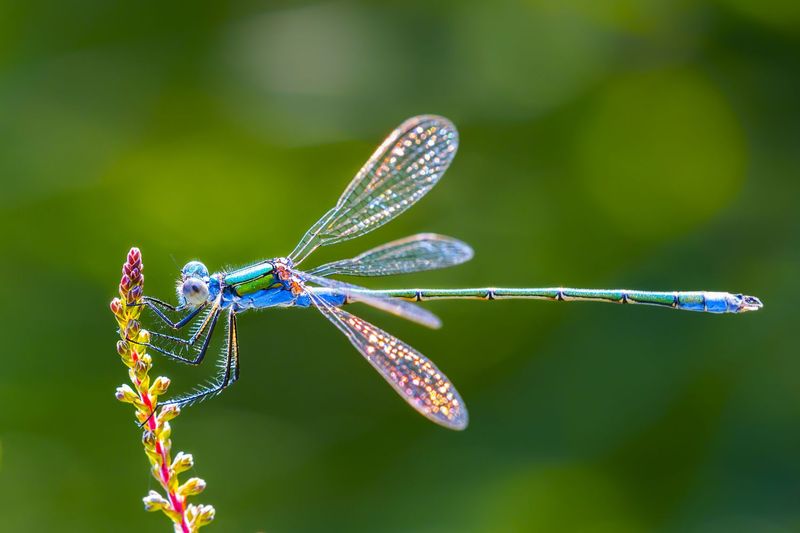
Ever wonder how dragonflies catch their prey mid-air? Their eyes hold the secret.
With nearly 30,000 lenses in their compound eyes, dragonflies have an incredible field of view and can detect even the slightest movements.
This makes them expert hunters, agile and precise. Their multifaceted vision is crucial for survival, turning them into aerial acrobats. The sky is their hunting ground, and they see it in ways we can only imagine.
10. Scorpions
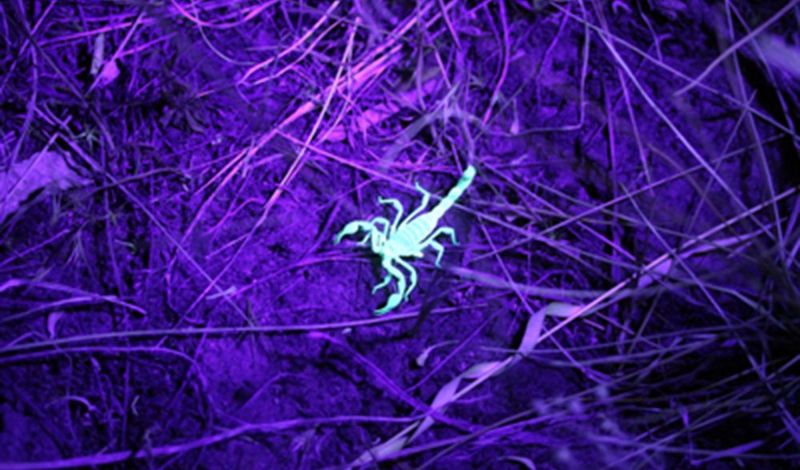
Scorpions have a party trick that leaves us glowing with intrigue. Under ultraviolet light, they shine in a neon blue! This glow is due to a substance in their exoskeleton.
While the exact purpose remains a mystery, it’s thought to help them detect UV light. This could play a role in their nocturnal navigation.
Whether it’s an evolutionary quirk or a survival tool, scorpions light up the night in the most unexpected way!
11. Birds Of Prey
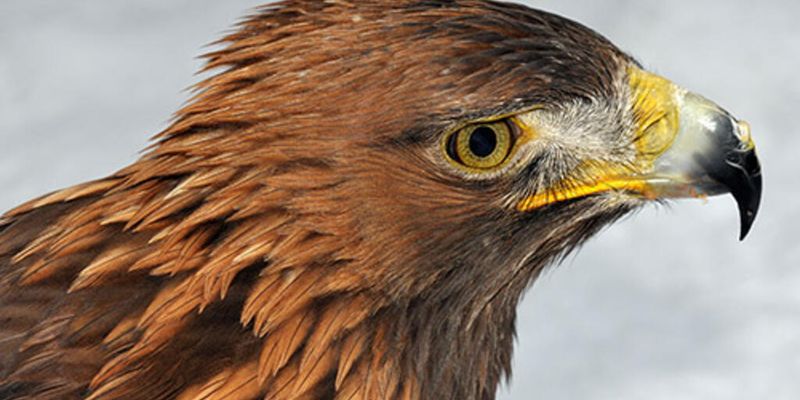
Ever see a hawk dive with pinpoint accuracy? Birds of prey have vision that’s out of this world. They can detect ultraviolet light, highlighting the urine trails of small mammals.
This ability turns the mundane into a feast, guiding them to their next meal. Their sharp vision and UV detection make them formidable hunters.
For them, the sky isn’t the limit; it’s a vantage point in their ultraviolet-guided hunt for survival.
12. Cats
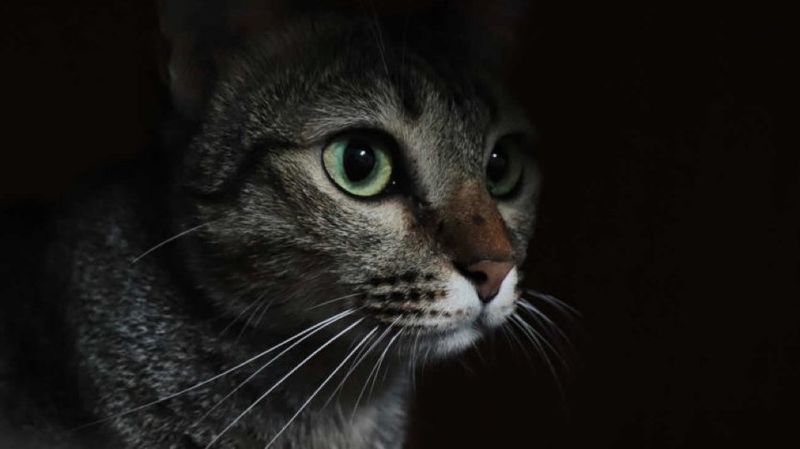
Here’s a fun fact: cats have a special layer behind their retinas called the tapetum lucidum. This structure reflects light back through their retinas, enhancing their night vision.
It’s why their eyes seem to glow in the dark! Cats see more in dim light than we do, making them purr-fect nocturnal predators.
13. Butterflies
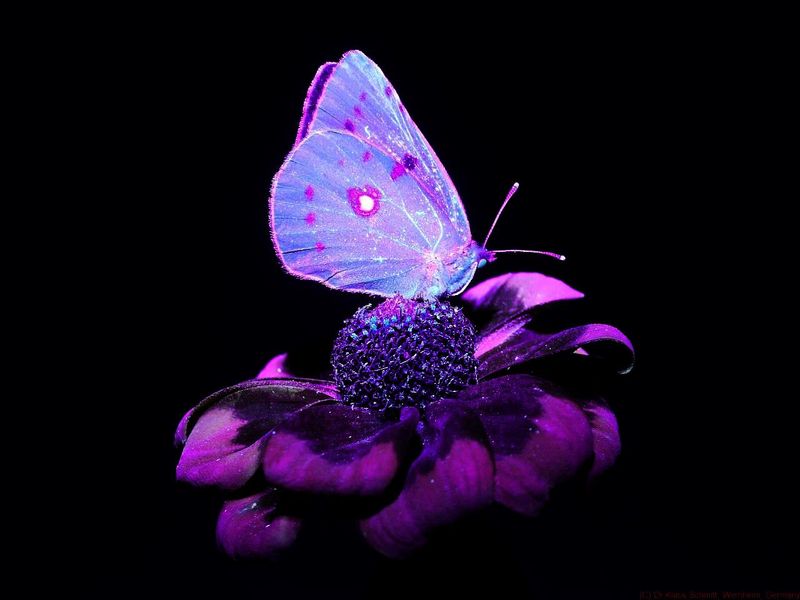
Think butterflies are just about pretty wings? Think again! Their eyes can perceive ultraviolet light, revealing patterns on flowers invisible to us.
These patterns guide them to nectar, making them efficient pollinators. In their vibrant world, everything is a bit more colorful.
Butterflies don’t just flutter by; they navigate a UV-lit paradise. It’s an enchanting superpower that adds magic to their delicate dance from flower to flower.
14. Fire Salamander
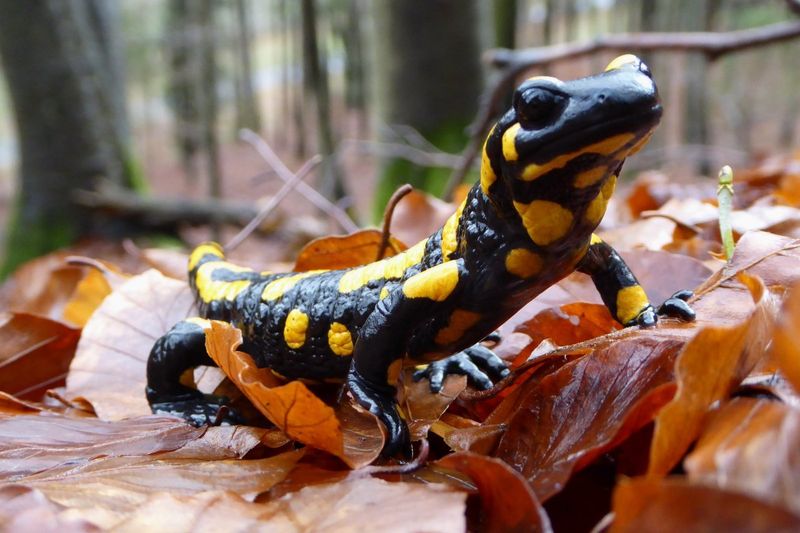
These amphibians have more than just fiery looks; they have a cool visual trick up their sleeves. Fire salamanders can sense infrared light, aiding them in hunting prey.
This ability is like having thermal goggles in the dark forest. It’s an evolutionary adaptation that makes nighttime hunting a breeze.
When the night falls, and the forest darkens, the fire salamander lights up its world with infrared. It’s a hidden power that adds to their mystique.
15. Rattlesnakes
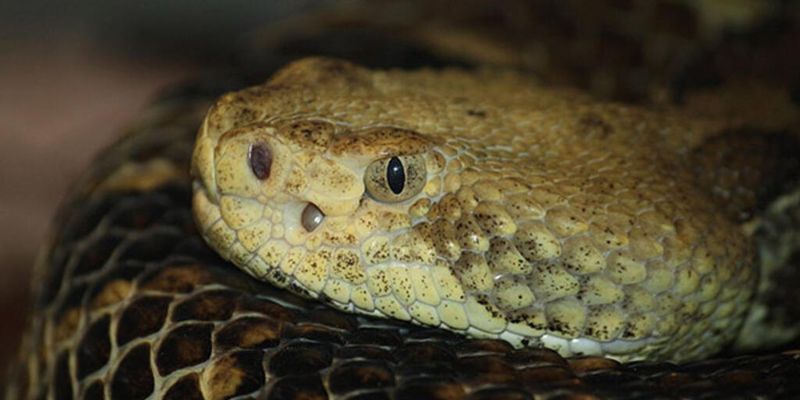
Rattlesnakes have a built-in heat detector that’s not just cool but crucial. The pits on their faces sense heat from warm-blooded prey, even in pitch black.
This thermal vision turns the dark desert into a buffet. With each strike, they show how they see what’s invisible to us.
It’s a creepy yet fascinating adaptation that keeps them ahead of the game. In the wild, their heat vision is a deadly advantage!


